Have you ever wondered why some galaxies shine with the brilliance of youth while others appear ancient and weathered by billions of years of cosmic history? The universe presents us with a fascinating puzzle where galaxies of similar size can display dramatically different ages, with some containing stars that formed just a few billion years ago while others harbor stellar populations dating back nearly to the Big Bang itself. This cosmic diversity isn’t random – it’s the result of complex physical processes that have been shaping galaxies throughout the entire 13.8-billion-year history of our universe.
The Fundamentals of Cosmic Time and Galaxy Aging
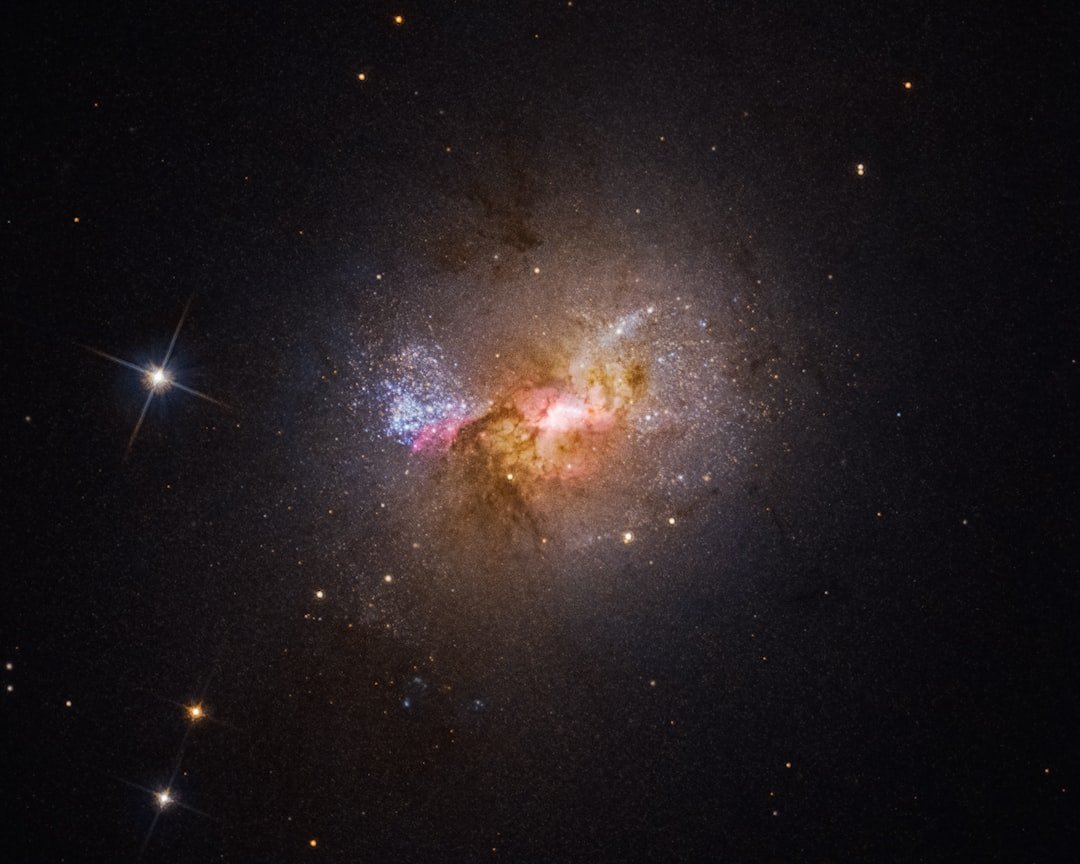
Galaxies don’t age like people do, with a simple passage of time marking their decline. Instead, galaxy aging is measured by stellar lifetimes that can range from a few million years for the most massive stars to trillions of years for the least massive. The aging process depends on when stars formed and how quickly they exhaust their nuclear fuel.
The universe itself is approximately 13.79 billion years old, but galaxies within it show remarkably different stellar ages. Some galaxies contain predominantly old stars that formed early in cosmic history, while others continue robust star formation today. This variation creates the cosmic tapestry we observe, where ancient elliptical galaxies with predominantly red, aged stars coexist with vibrant spiral galaxies still birthing new stellar generations.
Stellar Populations: The Cosmic Clock
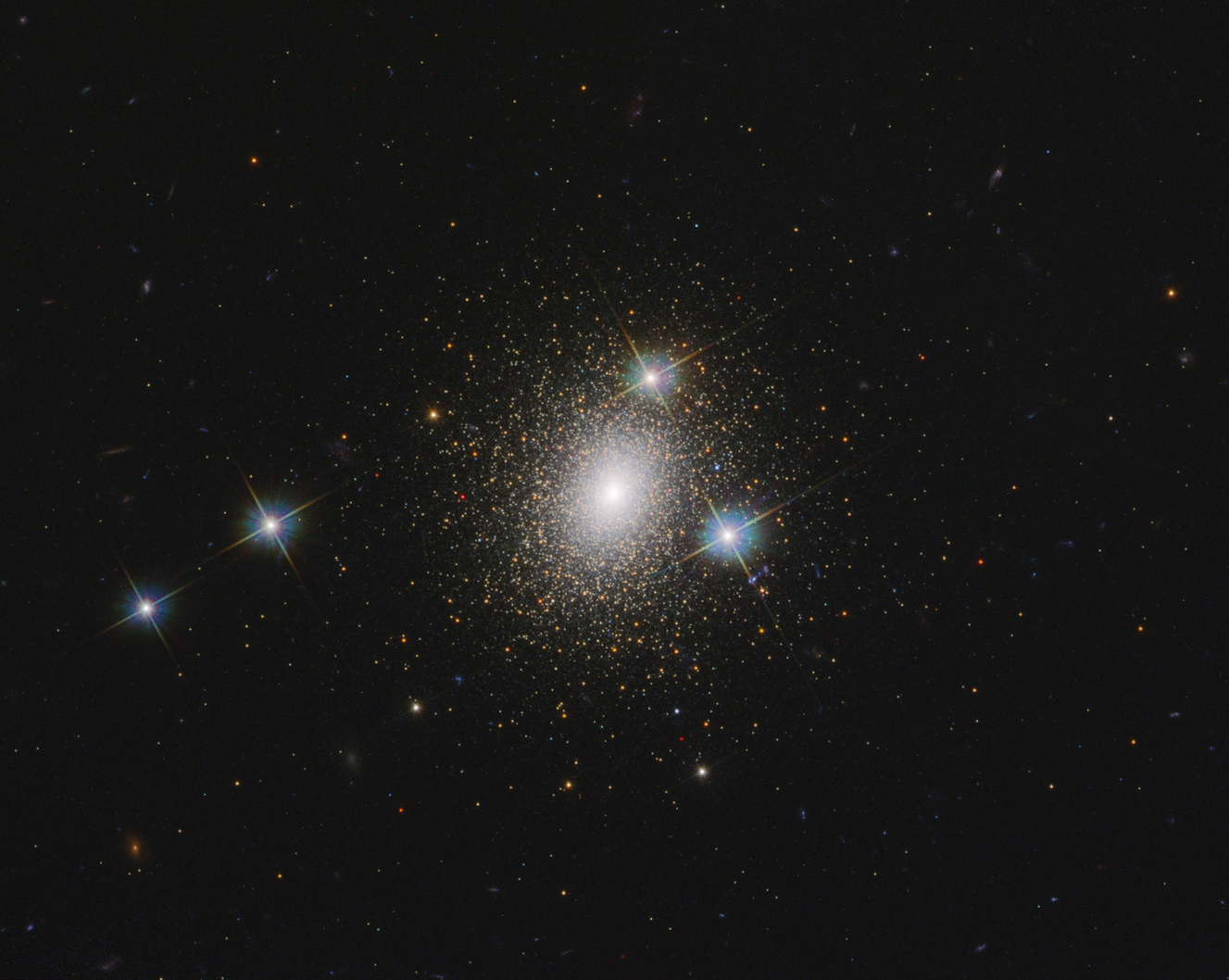
Each stellar population group shows a trend where lower metal content indicates higher age of stars, with the first stars in the universe having very low metal content classified as Population III, old stars as Population II, and recent stars as Population I. These stellar populations act like cosmic archaeologists, telling us when different generations of stars formed throughout the galaxy’s history.
The beauty of this system lies in its precision. The Sun is considered Population I, a recent star with a relatively high 1.4% metallicity. By studying the metallicity and age patterns in galaxies, astronomers can reconstruct their star formation histories spanning billions of years. Different galaxies show vastly different patterns – some formed most of their stars early and then went quiet, while others have maintained steady star formation for eons.
Environmental Influences on Galaxy Aging
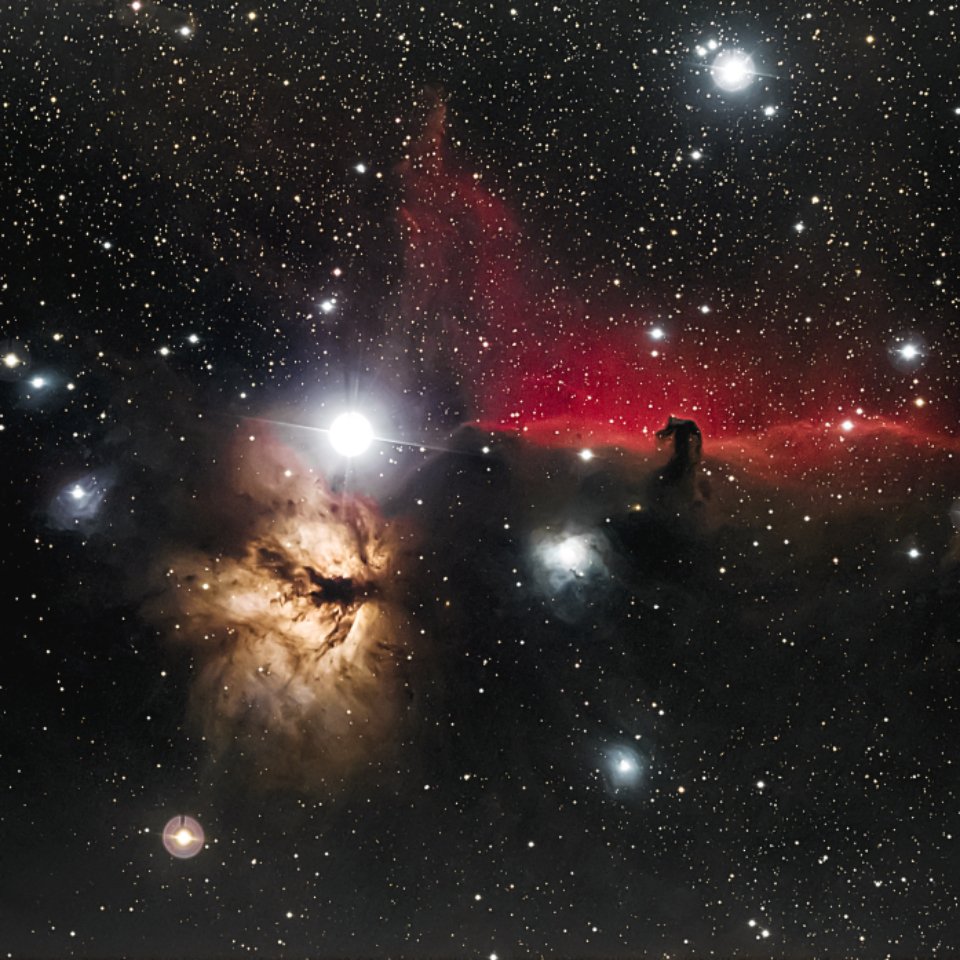
Galaxies in low-density environments span a larger range in stellar population age and metallicity than their counterparts in high-density environments, appearing on average 1.5 billion years younger and more metal-rich. Environment plays a crucial role in determining how quickly galaxies consume their star-forming gas and cease producing new stellar generations.
Star formation rates in galaxies depend upon their local environment, with isolated ‘void’ galaxies having the highest rate per stellar mass, ‘field’ galaxies having lower rates, and galaxies in dense clusters having the lowest rates. Dense environments strip away the gas needed for star formation through processes like ram pressure stripping and tidal interactions. Galaxies in clusters often appear older because they exhausted their gas supplies earlier when falling into the cluster’s gravitational well.
The Role of Supernova Feedback in Galaxy Evolution
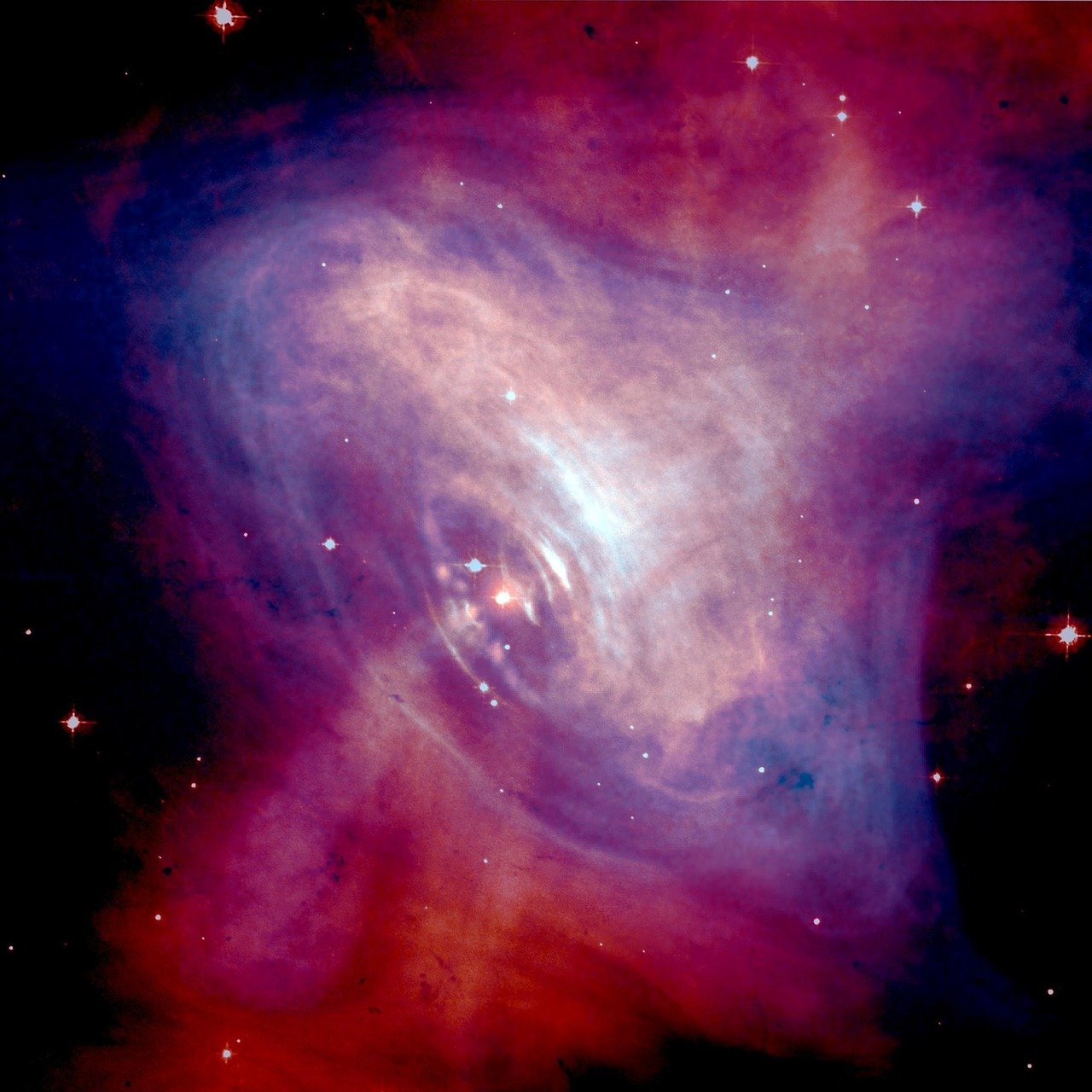
Feedback from massive stars drives galactic winds with outflow rates as high as 10-20 times the galaxy star formation rate. These stellar winds and supernova explosions don’t just create spectacular cosmic fireworks – they fundamentally alter how galaxies age by regulating when and where new stars can form.
Supernova feedback efficiently regulates star-formation activity, pressurizes gas, and generates mass-loaded galactic winds that affect stellar mass, morphology, angular momentum, and chemical properties. The strength of this feedback determines whether a galaxy will form stars rapidly in its early years and then fade, or maintain a steady pace of star formation over cosmic time. Galaxies with more efficient feedback mechanisms tend to age more slowly because they spread their star formation over longer periods.
Mass and the Galaxy Aging Connection
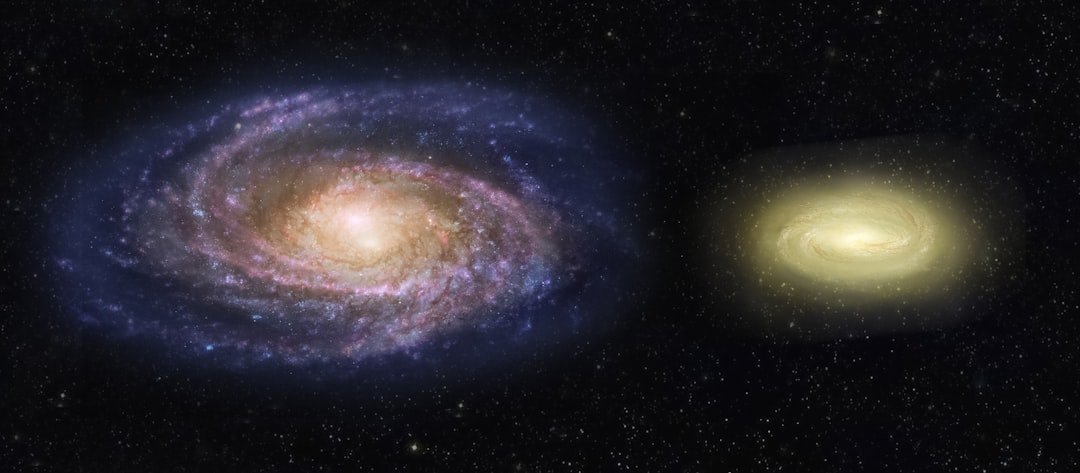
Galaxy mass fundamentally affects aging rates through multiple interconnected mechanisms. More massive galaxies tend to form earlier in cosmic history and exhaust their gas supplies more quickly, leading to older stellar populations. Galaxies follow a sequence of increasing stellar metallicity, age, and stellar mass at increasing spectral break strength, revealing the tight relationship between mass and maturity.
The luminosity-weighted mean age of stellar populations reflects the main epoch of mass build-up, with differences between central and satellite galaxies providing evidence for earlier quenching in more massive dark matter halos. This mass-dependent aging explains why we see a bimodal distribution of galaxy types: massive, red, “dead” ellipticals that finished forming stars early, and smaller, blue spirals that continue forming stars today.
Chemical Evolution and Metallicity Gradients
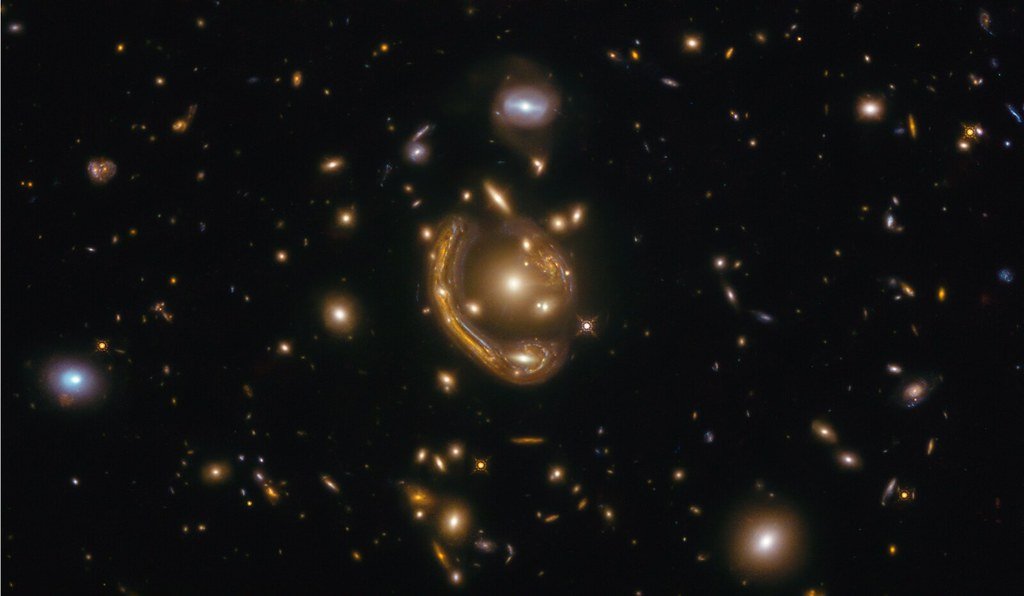
Galaxies with older stellar populations tend to have stronger stellar metallicity gradients, with these gradients set by competing processes including the ‘puffing’ of old, metal-poor stars by feedback-driven potential fluctuations and the accretion of extended, metal-rich gas at late times. These chemical patterns provide forensic evidence for how galaxies aged differently.
Metallicity profiles of mono-age populations show either flat profiles in old age bins or steep negative gradients in younger stellar populations, with the fraction of old, metal-poor stellar populations decreasing with radius. This creates a cosmic fingerprint that reveals whether a galaxy built its stellar mass early in a concentrated burst or gradually over billions of years.
The Peak of Cosmic Star Formation

The star-formation rate density peaked approximately 3.3 billion years after the Big Bang, at redshift ~2, and declined exponentially at later times with an e-folding timescale of 3.9 billion years. This cosmic peak represents the universe’s most active period of galaxy formation and evolution.
Half of the stellar mass observed today formed before redshift 1.3, with about 25% forming before the peak of cosmic star formation and another 25% after redshift 0.7. Understanding this timeline helps explain why some galaxies appear ancient – they formed most of their stars during this cosmic boom period and have been slowly aging ever since, while others missed the party and continued forming stars at a leisurely pace.
Galaxy Mergers and Accelerated Aging
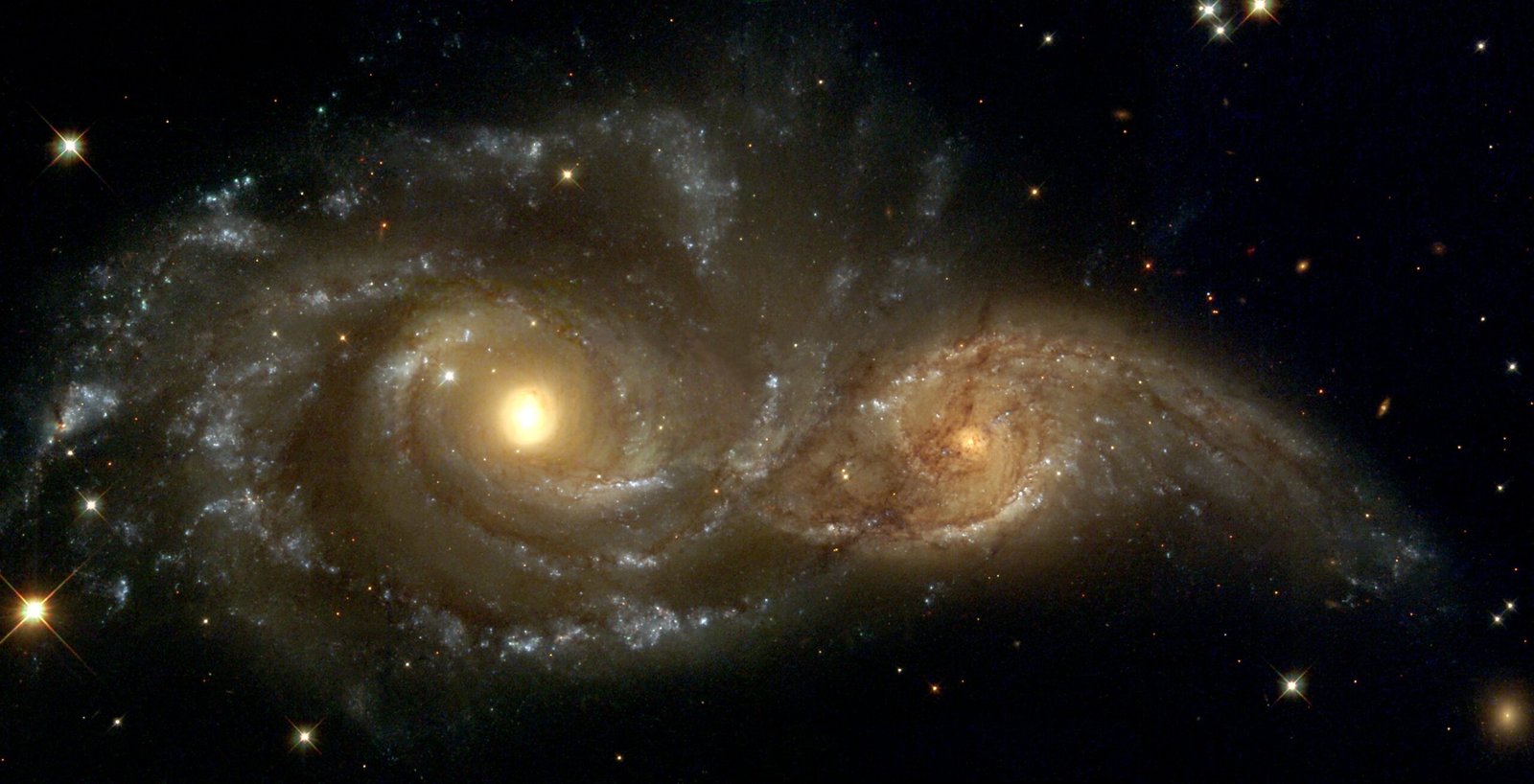
Galaxy evolution can be significantly affected by interactions and collisions, with mergers being common during the early epoch when the majority of galaxies were peculiar in morphology. These cosmic crashes can dramatically accelerate the aging process by triggering intense bursts of star formation that quickly consume available gas supplies.
Galaxy collisions can compress gas clouds and spur new bouts of star formation, and if colliding galaxies merge to form a single larger galaxy, the result can look very different from the two that created it. Major mergers often create elliptical galaxies with predominantly old stellar populations, explaining why these systems appear so aged compared to spiral galaxies that avoided major disruptions.
Active Galactic Nuclei and Galaxy Quenching
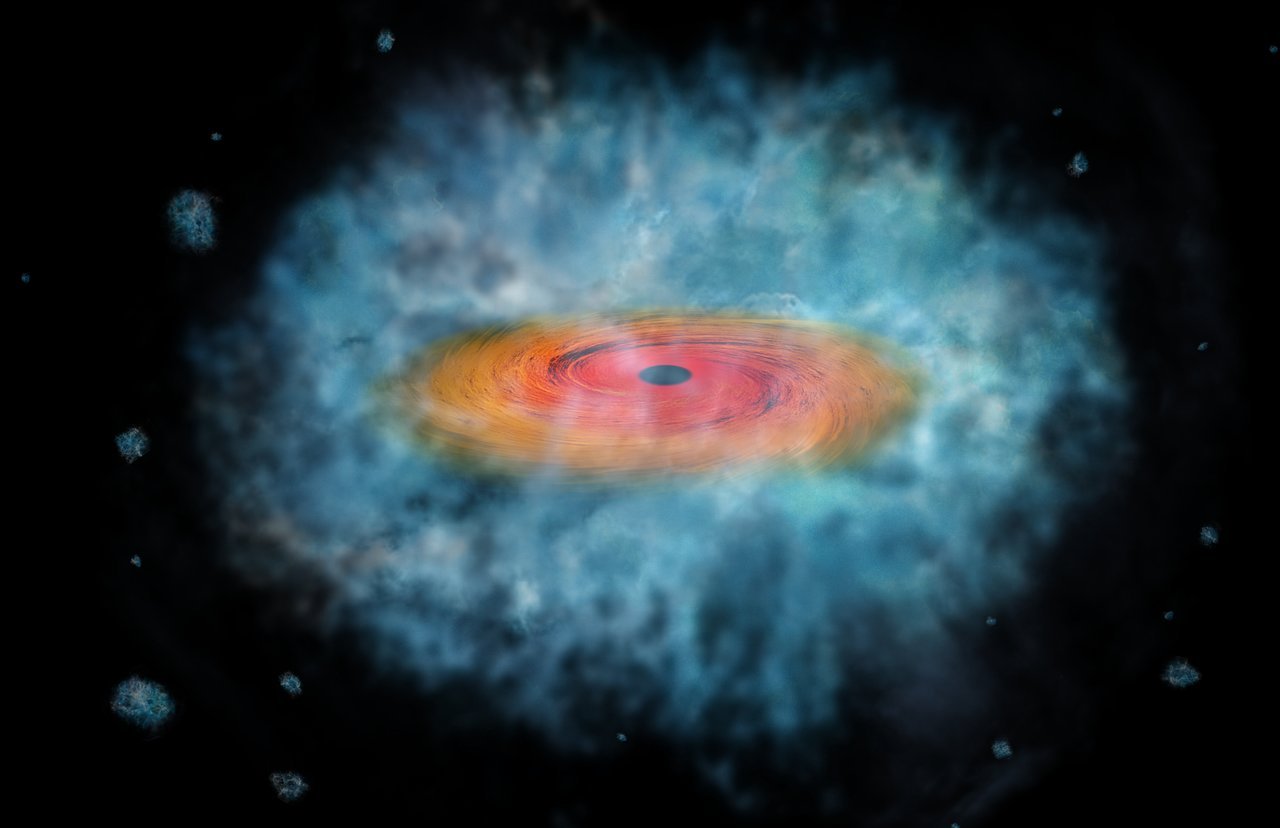
Supermassive black holes lurking at galaxy centers play a pivotal role in aging by regulating star formation through energetic feedback. Each galaxy contains a supermassive black hole with a mass equal to roughly 0.1% of its stellar mass, and the energy released by black hole formation per unit mass of stars formed can be an order of magnitude greater than that from supernovae explosions and stellar winds.
Feedback from both stars and active galactic nuclei has been proposed to explain galactic winds, with both suppressing star formation but mutually weakening each other’s effect by up to an order of magnitude in haloes where both processes are efficient. This feedback mechanism explains why the most massive galaxies appear oldest – their powerful central black holes shut down star formation early in their lives, allowing their stellar populations to age without replenishment.
Observational Evidence from Modern Surveys
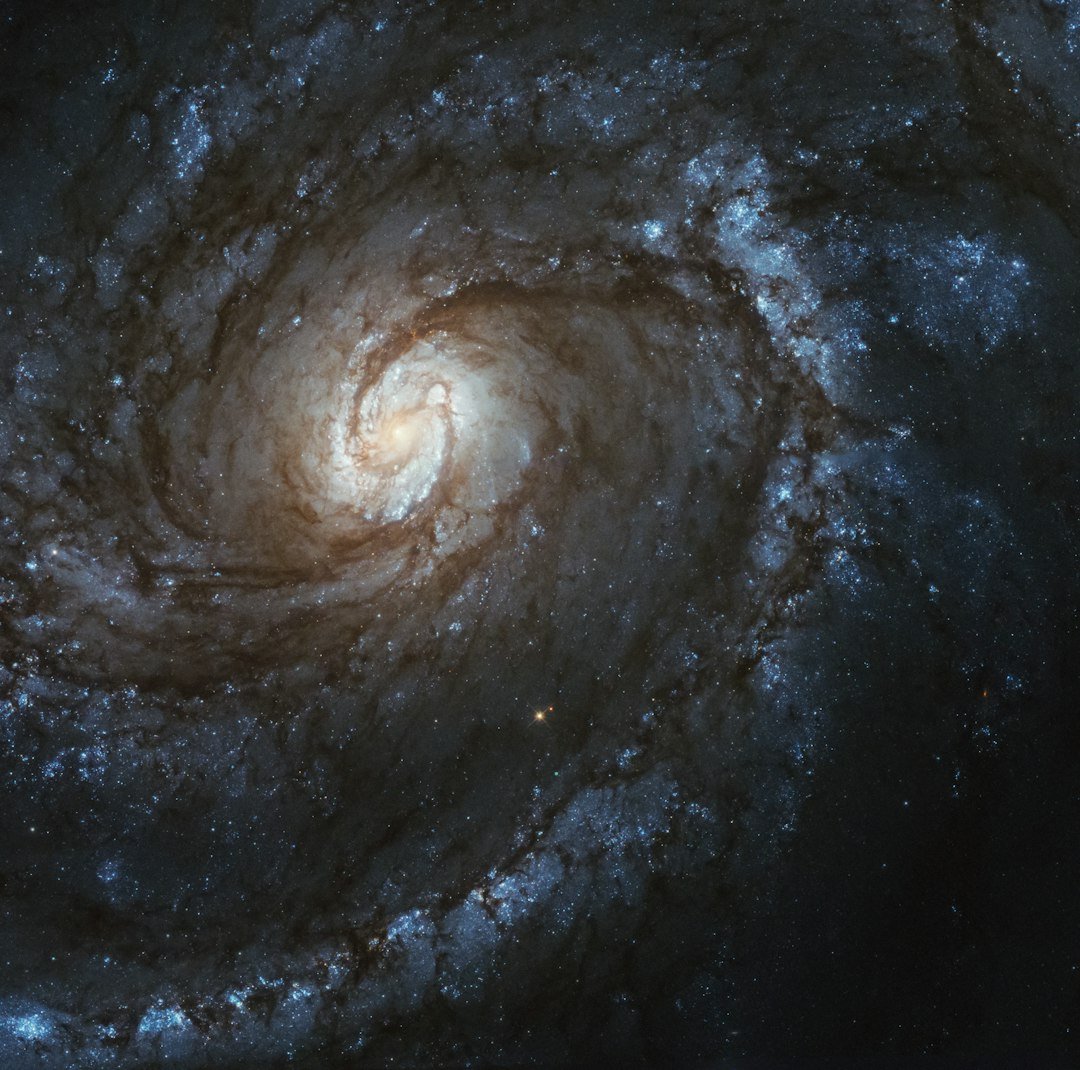
Recent observations of brightest group galaxies show age distributions biased toward younger intermediate ages compared to simulations, with stellar age versus mass revealing intriguing trends and approximately 20% of local universe galaxies continuing to exhibit star-forming characteristics. These cutting-edge observations reveal that galaxy aging is more complex and varied than previously thought.
Findings support an inside-out formation scenario where older stellar populations reside near galaxy centers and younger populations at larger offsets indicate ongoing star formation. This spatial age structure provides direct evidence for how galaxies age from their cores outward, with central regions shutting down first while outer regions continue forming stars. Modern integral field spectroscopy allows astronomers to map these age gradients across entire galaxy disks, revealing the detailed history of cosmic aging.
Future Implications and Cosmic Destiny
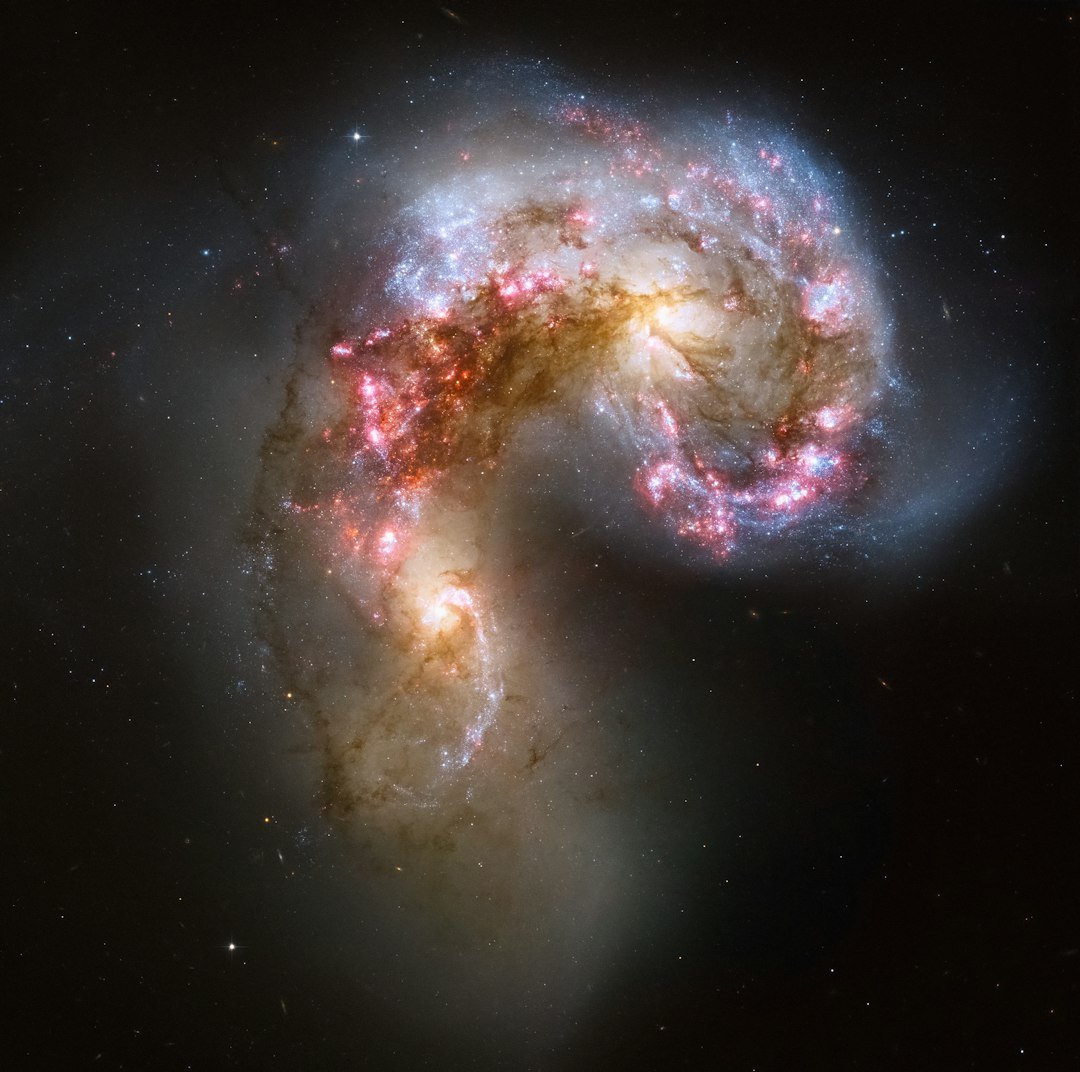
The current era of star formation is expected to continue for up to one hundred billion years, with the ‘stellar age’ winding down after ten to one hundred trillion years as the smallest, longest-lived stars complete their lives. This distant future timeline puts current galaxy aging processes in perspective – we’re witnessing the universe during its stellar prime.
Looking ahead, galaxies will continue aging at different rates depending on their remaining gas supplies, merger histories, and environmental conditions. Some will maintain star formation for hundreds of billions of years, while others have already entered their final phases of stellar evolution. Understanding these aging processes helps us predict how the cosmic landscape will evolve as the universe expands and cools over the coming eons.
The remarkable diversity in galaxy aging rates reflects the complex interplay of physics, environment, and cosmic history that has shaped our universe. From the first Population III stars that lit up the cosmic dark ages to the ongoing star formation in today’s spiral galaxies, each galaxy tells a unique story of cosmic evolution. Some galaxies burned bright and fast, exhausting their fuel early to become ancient stellar graveyards, while others have paced themselves to remain youthful even billions of years later. This cosmic variety ensures that no matter when we look up at the night sky, we witness galaxies at every stage of their magnificent evolutionary journey through time.




